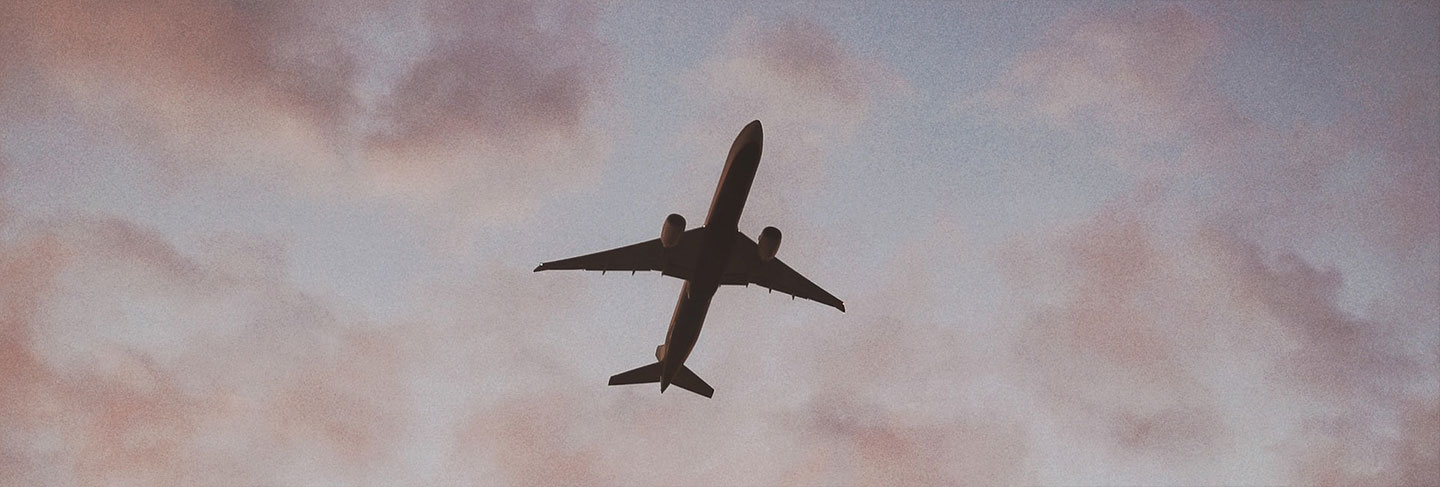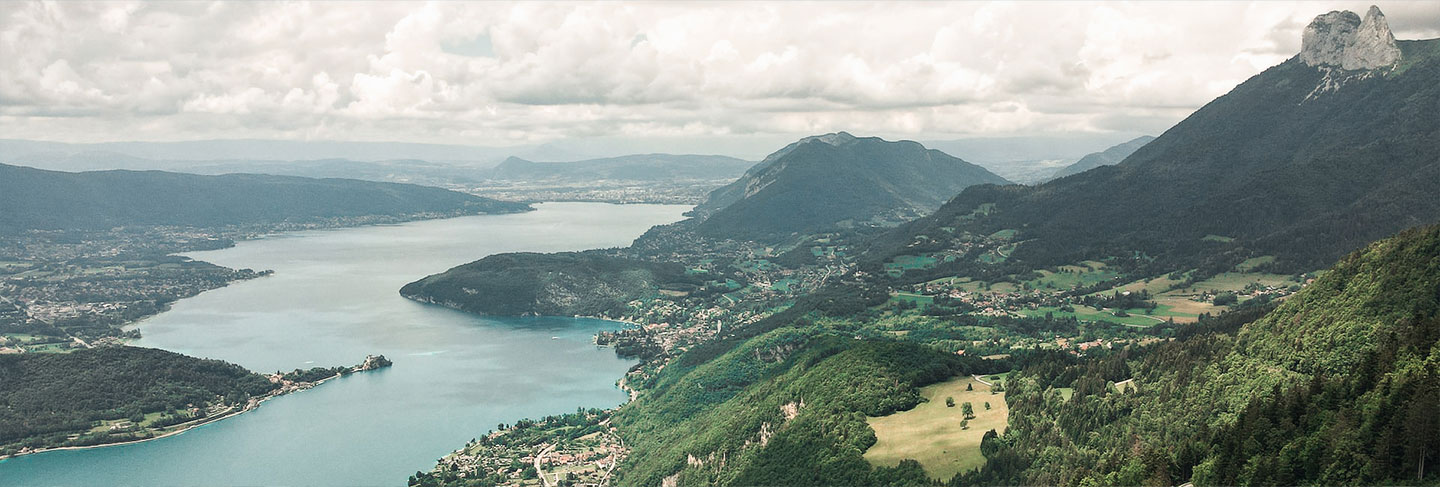We at Villanovo help you to get ready for your trip to the Nothern Alps with our handy guide.
By air
Many low-cost airlines offer flights from Europe to Lyon, Grenoble and Chambéry airports.
By train
From Paris, you can travel to the French Alps by TGV or SNCF trains to Lyon, Chamonix, Annecy, Chambéry or Briançon.
By car
The best way to explore the French Alps is by car. You can rent a car in most of the major cities such as Annecy, Grenoble or Chambéry
Whether you are planning to visit the Alps for a winter snow holiday, a hiking trip or a summer family getaway, the weather and local conditions can make or break your trip. Here are some tips for making the most of the different seasons in the Alps.
The winter snow begins to melt around April, starting at lower altitudes and gradually rising to around 3,000m in June. The last snowfall usually occurs towards the end of April. This is a spectacular time of year as the first flowers bloom, hibernating animals wake up and the rivers are full of rushing water.
It is the perfect season for hikers, cyclists, mountain bikers, nature lovers, but also for kayakers, rafters and other white water sports. The optimal month for these activities is around June. The weather is generally pleasant but not too hot. June is also the month when most of the high road cycle passes are officially cleared for cycling.
In the high mountains, many refuges, closed for the winter, open around mid-June, making mountaineering possible.
With the arrival of summer, the weather stabilises, especially in the Southern Alps, with sunshine almost guaranteed. However, the heat also generates spectacular thunderstorms in the mountains.
The warm, sunny days are perfect for just about any activity, including climbing, canyoning, mountaineering, accrobranche, walking, paragliding, kayaking, swimming in lakes, via ferrata, cycling...
Water levels will gradually drop during the summer as snow packs melt, making the white water slightly more manageable, with more accessible canyons (these are usually too dangerous in the high water period).
As summer draws to a close, thunderstorms are less frequent and although the days can still be warm, the evenings are considerably cooler. September and October are perfect for walking, climbing, mountain biking and road cycling. At the end of October the weather becomes noticeably cooler before the first snowfall in November.
This is the ideal time for mushroom picking in the enchanting natural surroundings of the autumn colours. The light is spectacular with no summer heat haze - just a deep blue sky and the autumn sun. This is a quiet time to visit the Alps, suitable for those who want more peace and tranquillity.
Snow begins to fall in November and December and becomes permanent at higher altitudes by mid-December, signalling the opening of the ski resorts. The best powder is in January, when temperatures are colder and days are shorter. Snow cover is generally very good at all altitudes.
An important calendar event to consider when planning your winter holiday is the French school holidays. They run for a whole month, from about 7 February to 7 March. This is when the French go skiing and it is the busiest time of the year in the resorts, on the slopes and on the roads...
March is generally a good month for skiing with generally steady snowfall and longer sunny days. Towards the end of March, the days warm up and, for the lower slopes and south-facing slopes, the snow becomes more "spring-like", gradually melting as spring arrives! Most ski resorts close between late March and late April.

